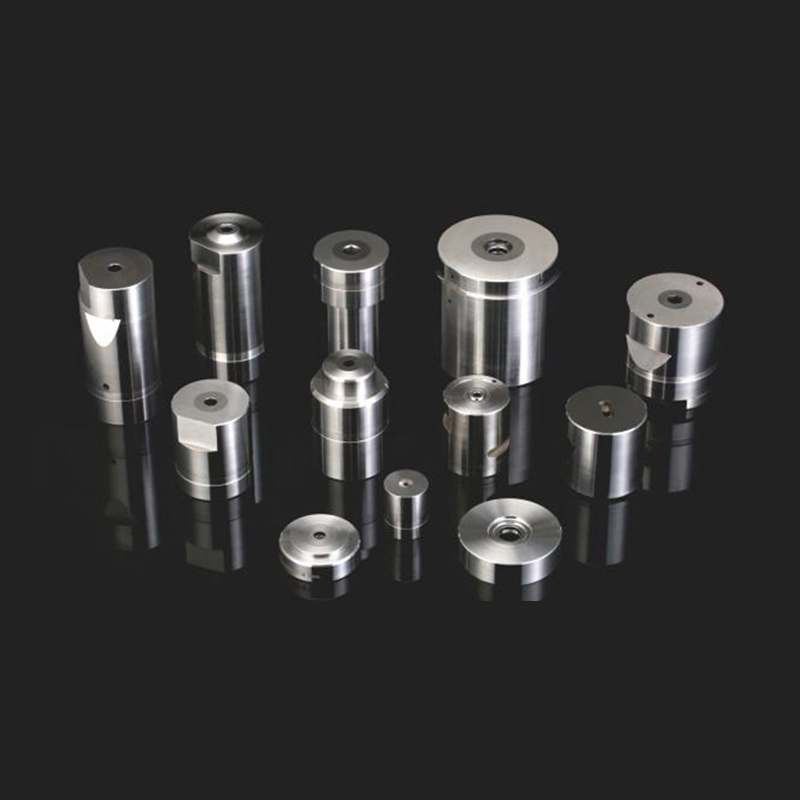In modern metal forming, cold forging has become an essential technique for producing high-strength, high-precision parts with excellent surface finishes and minimal material waste. Within this realm, multi-station Cold Forging Die systems—also referred to as progressive Cold Forging Dies—play a critical role in pushing the limits of efficiency and consistency in mass production environments.

What is a Multi-Station Cold Forging Die System?
A multi-station cold forging die system is a specialized die setup in which a single metal blank is progressively formed through multiple sequential stations, each performing a different deformation operation. These operations may include upsetting, forward extrusion, backward extrusion, heading, piercing, and more.
Unlike traditional single-station forging that requires individual setups for each forming stage, the multi-station system consolidates the entire process into one continuous cycle, typically run by a high-speed automatic cold forging press.
Key Features of Multi-Station Cold Forging Dies
1. Integrated Process Flow
Each station within the die is precisely engineered to perform a specific forming function. The blank moves from one station to the next without manual handling, allowing for smooth and automatic transformation from raw material to near-net-shape part.
2. High Dimensional Accuracy
The progressive nature of the forming process ensures tight tolerance control and repeatability, especially for complex geometries. Alignment systems and guide bushings help maintain coaxiality and precision throughout each stage.
3. Durable and Modular Design
Multi-station cold forging dies are typically constructed using modular die inserts made from high-performance materials such as powder metallurgy tool steels or Tungsten Carbide. These inserts can be individually replaced or reconditioned, reducing downtime and tooling costs.
4. Compatibility with High-Speed Presses
The dies are designed to work with automated cold forging presses operating at speeds of 30 to 100 strokes per minute, supporting high-volume production with excellent process stability.
Major Advantages of Multi-Station Cold Forging Die Systems
1. Increased Production Efficiency
By combining multiple forming steps into a single die system, manufacturers significantly reduce handling time, intermediate inspections, and setup changes. This integrated workflow supports continuous production and greatly improves output per shift.
2. Improved Part Quality and Consistency
Each part undergoes a repeatable sequence of controlled operations within a precisely calibrated die system. As a result, the forged components exhibit uniform grain flow, consistent wall thickness, and minimal dimensional variation—meeting stringent OEM standards.
3. Material Savings
Cold forging is inherently a near-net-shape process. By utilizing a multi-station setup, material utilization is maximized, and excess flash or scrap is minimized. This contributes to cost savings and aligns with sustainable manufacturing goals.
4. Reduced Post-Machining Requirements
The high precision of the progressive forging process reduces or even eliminates the need for subsequent machining operations, such as turning, milling, or grinding. This reduces labor costs and shortens lead times.
5. Enhanced Die Life Through Load Distribution
Since the deformation is distributed across several stages instead of being concentrated in one heavy forming blow, each station experiences less extreme loads. This load distribution reduces wear and fatigue, thereby extending overall die life.
Typical Applications
Multi-station cold forging dies are widely used in the production of:
Automotive components such as drive shaft parts, gear blanks, fasteners, CV joint components, and valve spring retainers.
Precision fasteners including bolts, nuts, and rivets with complex head shapes.
Industrial hardware like pins, bushings, and custom metal connectors.
Electronic connectors and structural support parts with high strength-to-weight requirements.
A Smarter Way to Forge Complex Parts
In today’s competitive manufacturing landscape, multi-station cold forging die systems offer a smart, efficient, and high-quality solution for producing complex metal parts at scale. By combining forming operations into a streamlined process, manufacturers can achieve superior performance, reduced cost per part, and a significant return on investment.
As material science, digital simulation (CAE), and sensor-integrated tooling continue to evolve, multi-station die technology is expected to become even more advanced—supporting smart factories and zero-defect production goals in the near future.











